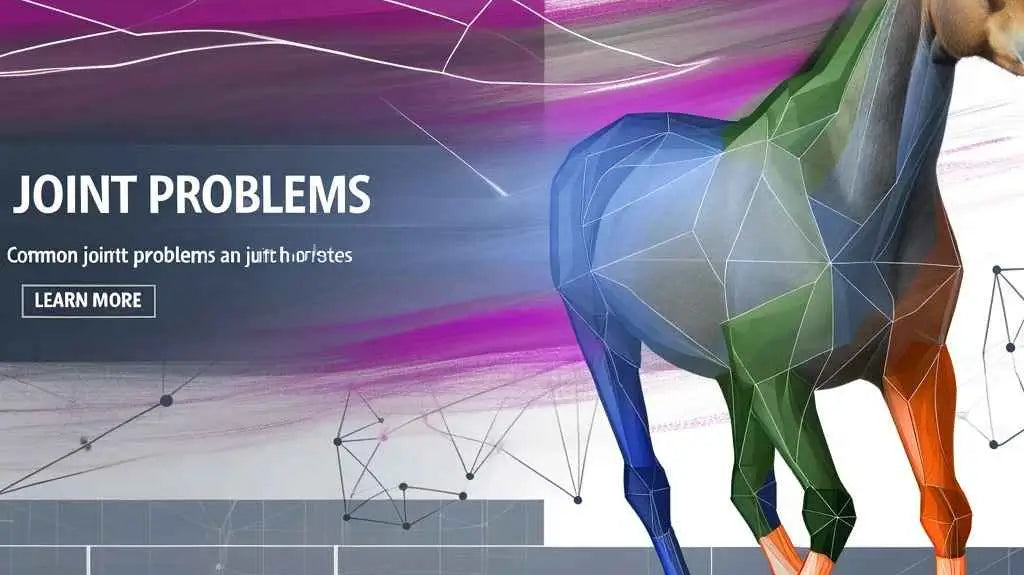Countering the Equine Herpesvirus Threat in Horse Facilities
The recent confirmation of equine herpesvirus (EHV-1) at two Ohio facilities highlights an ongoing issue in the equine industry. Nested in the pastoral settings of Lorain and Pickaway counties, the reported incidence has brought the spotlight on this pervasive issue. With this incident claiming the lives of three horses and putting several others under quarantine, it is time we gallop towards effective prevention measures.
How Severe is the EHV-1 Problem Globally?
EHV-1 is not confined within the fences of the Ohio farms. It has been making unwelcome appearances in horse facilities across the globe. The virus, which can manifest as respiratory illness or severe neurological disorders, presents a substantial threat to the global equine industry. However, research into the prevalence of EHV-1 globally remains inconclusive, underlining the need for beefed-up studies and equine disease monitoring and communication systems.
Tracing the Symptoms and Transmission of EHV-1
EHV-1 gives its victims a rough ride. Horses infected with this sneaky virus may exhibit respiratory symptoms such as coughing and difficulty breathing or show neurological signs like loss of coordination and paralysis. The virus spreads primarily through direct contact with infected horses or exposure to contaminated equipment.
Fighting EHV-1: An Uphill Battle?
Keeping EHV-1 at bay from our equine companions is not a leisurely walk in the pasture. It involves implementing vigorous biosecurity measures such as:
- EHV-1 vaccination
- Isolating new arrivals
- Quarantine protocols
- Excellent hygiene practices
- Regulating contact between horses
By following these maneuvers, we may not have to keep this microbial horse thief on a long rein.
The Role of Vaccination and Monitoring in EHV Control
While the steps outlined above are crucial, there are two horses to back in the race against EHV-1: vaccine development and an effective disease tracking and communication system.
The current vaccines may not guarantee complete immunity, but they play a lead role in reducing the severity and spread of EHV-1 infection. Expediting the development of better vaccines seems like the ideal approach.
Parallelly, a comprehensive equine disease monitoring and communication mechanism is the need of the hour. These systems enable prompt actions in the face of an outbreak.
A Concluding Trot
Clamping down on EHV-1 is no easy feat, but the recent Ohio outbreak serves to underline the urgency. Vigilant biosecurity measures coupled with enhanced research on EHV-1 prevalence, vaccination, and disease monitoring can help us rein in the problem and ensure healthier equine populations. Because let's fact it, no one likes a horse neigh-sayer!
References: [1] Equine Disease Communication Center (EDCC) [2] EHV-1 Confirmed in 2 Ohio Facilities article [3] Equine Herpesvirus (EHV-1) Outbreak in Ohio: A Reminder of the Importance of Disease Prevention in Horse Facilities article



